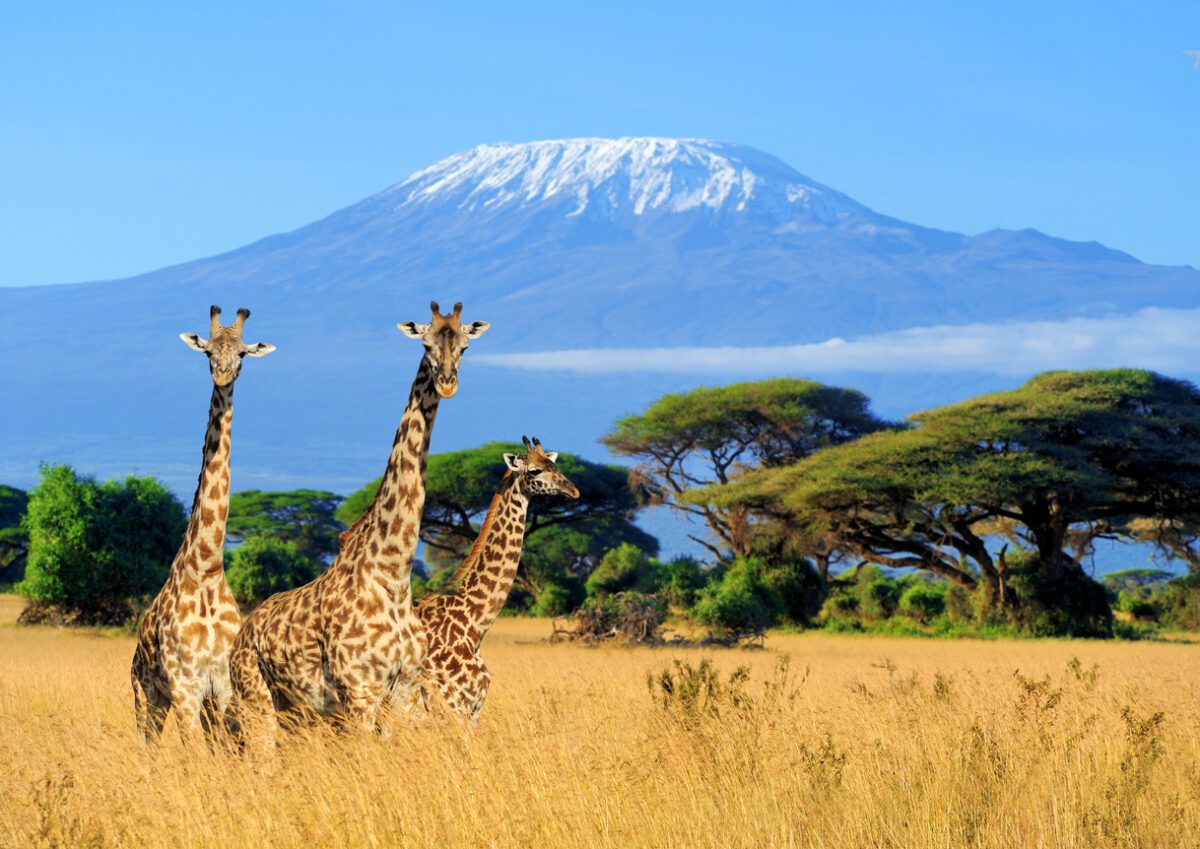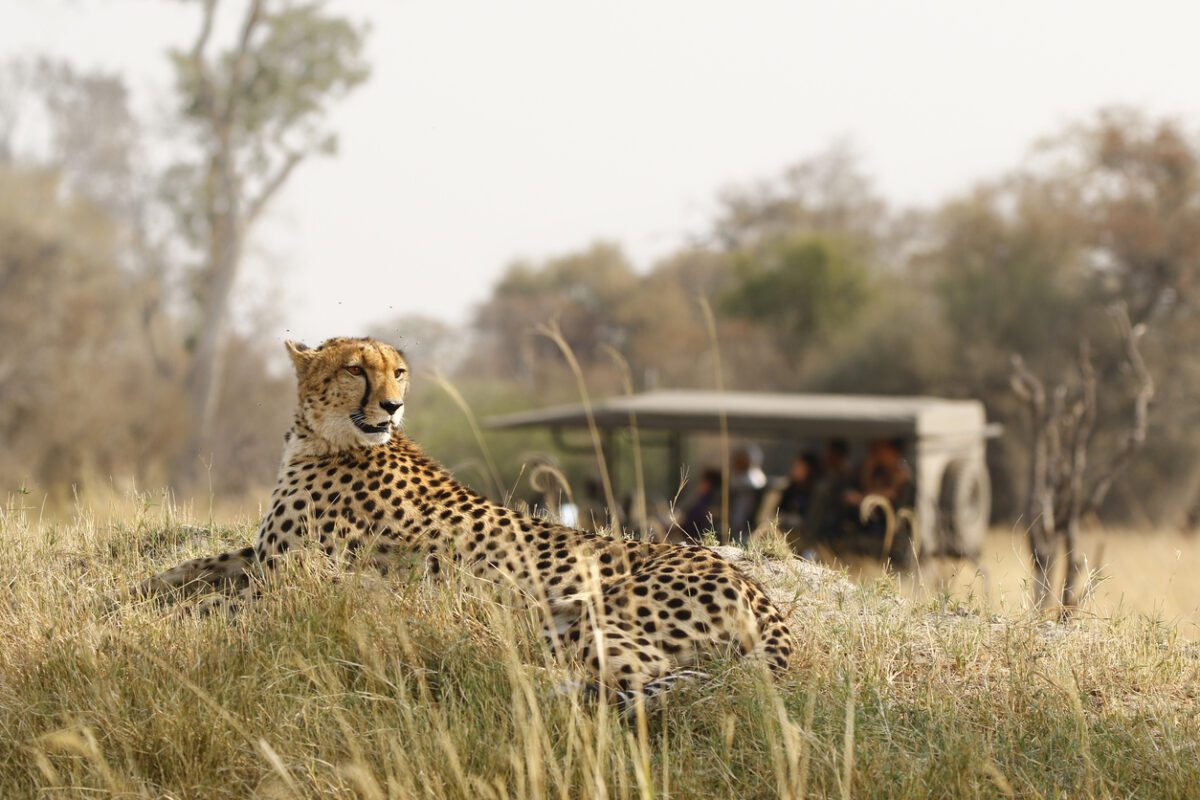Traveling with a purpose has never been more popular. As more travelers seek immersive experiences, volunteering with animals offers a chance to give back to communities while exploring the world.
Yet not all “animal volunteer” programs are created equal. Many commercial tourism ventures mask exploitative practices with buzzwords like “sanctuary” or “eco‑friendly.” So how do you separate genuine conservation from animal exploitation?

Here, we lay out key questions to ask before you book and highlight reputable programs that prioritize animal welfare. These programs demonstrate how ethical volunteering supports conservation, community development, and animal well‑being.
Signs of Ethical Animal Care Programs
Before diving into examples, it helps to understand the hallmarks of a responsible program:
- No forced contact or performances. Wild animals should not be ridden, hugged, or used for photo ops. Programs like the Malaysia Sun Bear Conservation project explicitly state that volunteers do not handle or hug the bears; instead, they assist with cleaning dens, preparing enrichment activities, and learning about rehabilitation.
- Focus on enrichment and natural behavior. Ethical sanctuaries enrich the environments of animals with natural foods, toys, and structures. Volunteers in the lemur projects in Madagascar feed lemurs, maintain enclosures, and record breeding and behavioral data to support conservation.
- Hands‑off rescue and rehabilitation. Many wildlife rescue centers follow a strict hands‑off policy. At Malawi’s wildlife rescue center, contact is minimized to promote natural behaviors and successful reintroduction.
- Community involvement and education. Programs that engage local communities create long‑term conservation outcomes. In Tanzania, volunteers work with a local vet to treat farm animals and educate farmers on animal health, including teaching farmers how to make better saddles for donkeys.
- Transparency and conservation research. Reputable projects publish research, track wildlife populations, and have clear conservation goals. Botswana’s wildlife conservation volunteers assist researchers by identifying elephants, repairing waterholes, and removing poaching snares. Good programs show how volunteer efforts feed into research or species‑protection plans.
Read on for our top picks of ethical animal volunteering projects worldwide!
Deer Conservation in La Ventanilla, Mexico
In Oaxaca’s coastal village of La Ventanilla, an Environmental Management Area (UMA) gives the community legal authority to protect local wildlife, especially deer. Volunteers support this community‑run conservation program by feeding deer, maintaining habitats, and learning about eco‑tourism.
Because the project is entirely local, your work helps combat illegal wildlife trade while supporting sustainable community income.
Animal Care Plus Spanish Learning in Ecuador
GoEco’s wild animal rescue shelter near Baños rescues injured and orphaned wildlife from the Amazon. Volunteers prepare food, feed animals, repair enclosures, and occasionally assist the veterinarian.
A built-in Spanish and adventure week helps volunteers integrate into local culture, and the center aims to release animals when possible.
Puma Sanctuary & Wildlife Reserve in Argentina
At this reserve near Córdoba, rescued pumas and more than 50 other animals live in a semi‑wild environment. Volunteers feed animals, maintain enclosures, and provide enrichment, while also helping restore habitats and collect seeds for reforestation.
The reserve’s greenhouse project revives native plants and reduces human–wildlife conflict.
Alpaca Farm in Peru
In Peru, volunteers have multiple options. In Cusco’s Sacred Valley, Maximo Nivel’s alpaca farm project asks volunteers to feed and groom alpacas and llamas, clean pens, treat sick animals, and help with light construction; participants also learn weaving and help produce educational materials.
Similarly, IVI’s alpaca and llama farm invites volunteers to brush hair, trim nails, clean walkways, and assist with wool production.
Animal Care in Latin America
Maximo Nivel’s broader animal care programs in Costa Rica, Guatemala and Peru include dog and cat shelters where volunteers clean cages, assist with spay/neuter clinics, provide basic training and help with educational outreach.
These varied projects ensure that animals receive proper care while volunteers gain hands-on experience.
Wildlife Conservation in Victoria Falls, Zimbabwe
On a private game reserve near Victoria Falls, volunteers help remove invasive vegetation, control soil erosion, create and monitor waterholes, conduct bird and animal counts and assist with community development.
The project focuses on protecting endangered species like the black rhino. There’s no direct animal handling; volunteers support “behind‑the‑scenes” conservation for long‑term ecosystem health.
Wildlife Rescue in Namibia
Namibia’s wildlife sanctuary rescues lions, leopards, cheetahs, antelope, baboons, and more. Volunteers prepare food (including for carnivores), provide intensive care for juveniles, assist with habitat construction, fence repairs, and tracking, and participate in research such as camera‑trap data collection.
The goal is always release; animals that can’t survive in the wild receive lifelong sanctuary.
Wildlife Rehabilitation and Rescue in South Africa
At Umoya Khulula Wildlife Rehabilitation Center, volunteers care for orphaned or injured wildlife, including pangolins. Tasks include feeding bush babies, warthogs, and antelopes, monitoring behavior, cleaning enclosures, and providing intensive care for juvenile animals. Enclosure enrichment ensures animals develop skills necessary for release.
Big Cat & Elephant Conservation in Kenya
In the Maasai Mara ecosystem, volunteers conduct wildlife research on lions, leopards, cheetahs, and elephants. Activities include removing invasive plants, controlling soil erosion, opening game tracks, conducting game counts, and building predator‑proof bomas. Working alongside Maasai communities helps protect livestock and wildlife.
Rhino Conservation in Nepal
In Chitwan National Park, volunteers track greater one‑horned rhinos, conduct bird and butterfly surveys, and contribute to Bengal tiger conservation. They also control erosion, remove invasive plants, build viewing hides, and develop wildlife education programs for children. The project integrates conservation research with community education.
Rescue Dogs for Wildlife Conservation in Victoria Falls
GVI’s innovative project near Victoria Falls trains rescue dogs to sniff out poachers. Volunteers assist with dog training, conduct patrols, and raise awareness about how these canine companions help protect rhinos and elephants. The combination of wildlife conservation and canine care makes this program unique.
Asian Wildlife Rescue Center in Thailand
This center in Phetchaburi cares for more than 900 animals rescued from illegal trade and entertainment industries, including gibbons, orangutans, bears, and wild cats. Volunteers prepare food, create enrichment, clean enclosures, and maintain the facility. Due to a hands‑off policy, volunteers do not pet or play with animals.
Elephant Sanctuary & Forest Conservation in Cambodia
In Mondulkiri, volunteers trek daily to observe elephants living freely in a 1,500‑hectare forest. There’s no riding or bathing; volunteers help grow food, reforest degraded land, maintain trails and facilities, and conduct research and forest monitoring.
The sanctuary invests in community projects and advocates against logging and mining.
Crested Ibis Conservation on Sado Island, Japan
GoEco’s cultural immersion program on Sado Island supports the reintroduction of the crested ibis. Volunteers monitor ibis populations, maintain Ogura rice fields, preserve temples, collect herbs, conduct bamboo workshops for children, farm sustainably, and clean beaches.
The program blends wildlife conservation with cultural preservation.
Wild Animal Rescue in Australia
At a heritage‑listed sanctuary near Sydney, volunteers split their time between animal care (feeding, cleaning, enrichment) and maintenance tasks like habitat restoration, building enclosures, bush regeneration, and maintaining a fox‑proof fence.
The sanctuary breeds endangered species such as bilbies and brush‑tailed rock wallabies for release and cares for free‑range wildlife.
Key Takeaways and What to Avoid
- Seek programs that prioritize animal welfare over tourist experiences. Avoid operations offering elephant rides, lion walks, or selfies with sedated animals. Ethical sanctuaries allow animals to roam and minimize human contact.
- Support community‑led initiatives. Choose projects that are driven by local communities and contribute to their livelihoods.
- Value education and research. Programs that collect data, train local communities, and produce research help ensure long‑term conservation.
Be prepared for hands-on work that prioritizes animal welfare over cuddling. Common tasks include cleaning enclosures, preparing diets, and habitat maintenance, like planting trees. While not always glamorous, this work is the backbone of true conservation.
This stands in contrast to working with domestic animals. In shelters and rescue centers, human interaction is a vital part of socializing and training animals to prepare them for adoption into permanent homes.
Here is a list of ethical domestic animal programs:
Domestic Animal Care in Europe
- Miercurea Ciuc, Romania: Volunteers support a shelter caring for mistreated or abandoned dogs by grooming, feeding, cleaning kennels, walking dogs, and providing playtime. Socializing dogs improves their adoptability, and volunteers may also assist with photography and community vaccination campaigns.
- Barcelona, Spain: Barcelona’s project focuses on cats. Volunteers play with cats, provide time outside enclosures, groom and clean cages, prepare food, and raise public awareness about abandonment. Most cats are vaccinated and spayed/neutered, so your efforts keep them healthy and adoptable.
- Athens, Greece: Volunteers in Athens care for rescued dogs, cats, birds, and hedgehogs, feeding, socializing, and walking animals, supporting adoption events, taking photos for social media, and educating locals. The goal is to rehabilitate traumatized animals and promote adoption.
- Rome, Italy: Rome’s program combines farm and shelter work. Volunteers feed, groom, and play with cats, dogs, horses, donkeys, and pigs while maintaining shelters and supporting communication campaigns that encourage adoption.
- Porto, Portugal: The Porto program works with a street‑cat spay/neuter and release initiative. Volunteers catch street cats, feed and medicate animals after surgery, clean cages, release cats post‑recovery, and help organize donations and events. By supporting a trap‑neuter‑return strategy, the project humanely reduces stray populations.
By choosing ethical animal care programs, you can travel responsibly, support conservation and community development, and return home knowing your contribution made a real difference!


Munira Maricar · Travel Writer
With an international living background spanning Singapore, Qatar, Japan, and Mexico, Munira enjoys sharing insights on immersive travel while emphasizing the vital role of cultural respect and ethical engagement. Her extensive experience offers a unique perspective that inspires others to explore the world through service, ensuring that every journey respects and contributes positively to local traditions and communities.